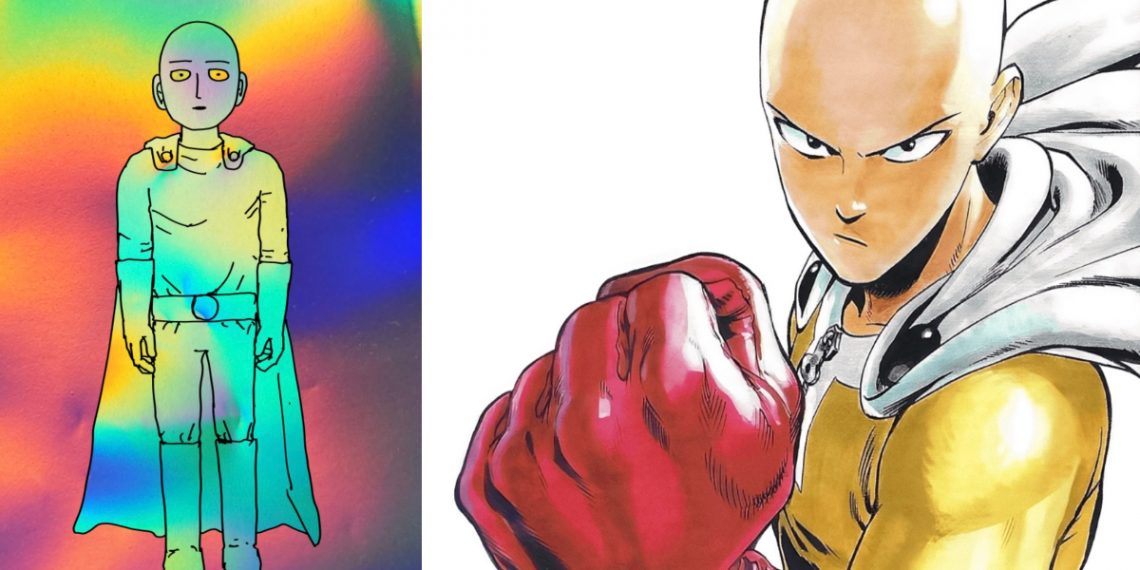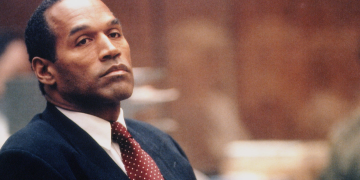The popular manga and anime series One-Punch Man originated as a webcomic created by ONE. The webcomic gained a loyal following for its humorous take on superhero tropes, often using parody and satire.
After achieving online success, ONE’s webcomic was adapted into a manga series illustrated by Yusuke Murata, known for his work on Eyeshield 21. This made fans wonder what the difference is between One Punch Man manga and webcomic.
Murata’s artwork gave One-Punch Man a distinct visual style, bringing ONE’s original characters and story to life. However, the manga adaptation made more than just artistic changes. Under ONE’s guidance, the story and characters were expanded and altered from the original webcomic.
Today, both the webcomic and manga continue to appeal to longtime fans. The newest manga chapters still entertain readers with the offbeat humor and action that made the One Punch Man phenomenon.
Now recognized worldwide, One-Punch Man has become a defining entry in the superhero genre by subverting and satirizing its standard tropes and conventions.
What Is The Difference Between One Punch Man Manga and Webcomic?
Here are the top 10 differences between One Punch Man Manga and Webcomic. However, please note that there are some major manga spoilers ahead.
10. Black Spermatozoon have multicellular sperm form in the One Punch Man Web Comic
Black Sperm was a memorable executive member of the Monster Association in One-Punch Man, known for his multiple forms. Remarkably, he survived the Monster Association’s destruction and was even adopted by Saitama. The original One-Punch Man webcomic depicted an exclusive transformation for Black Sperm not shown in the manga adaptation.
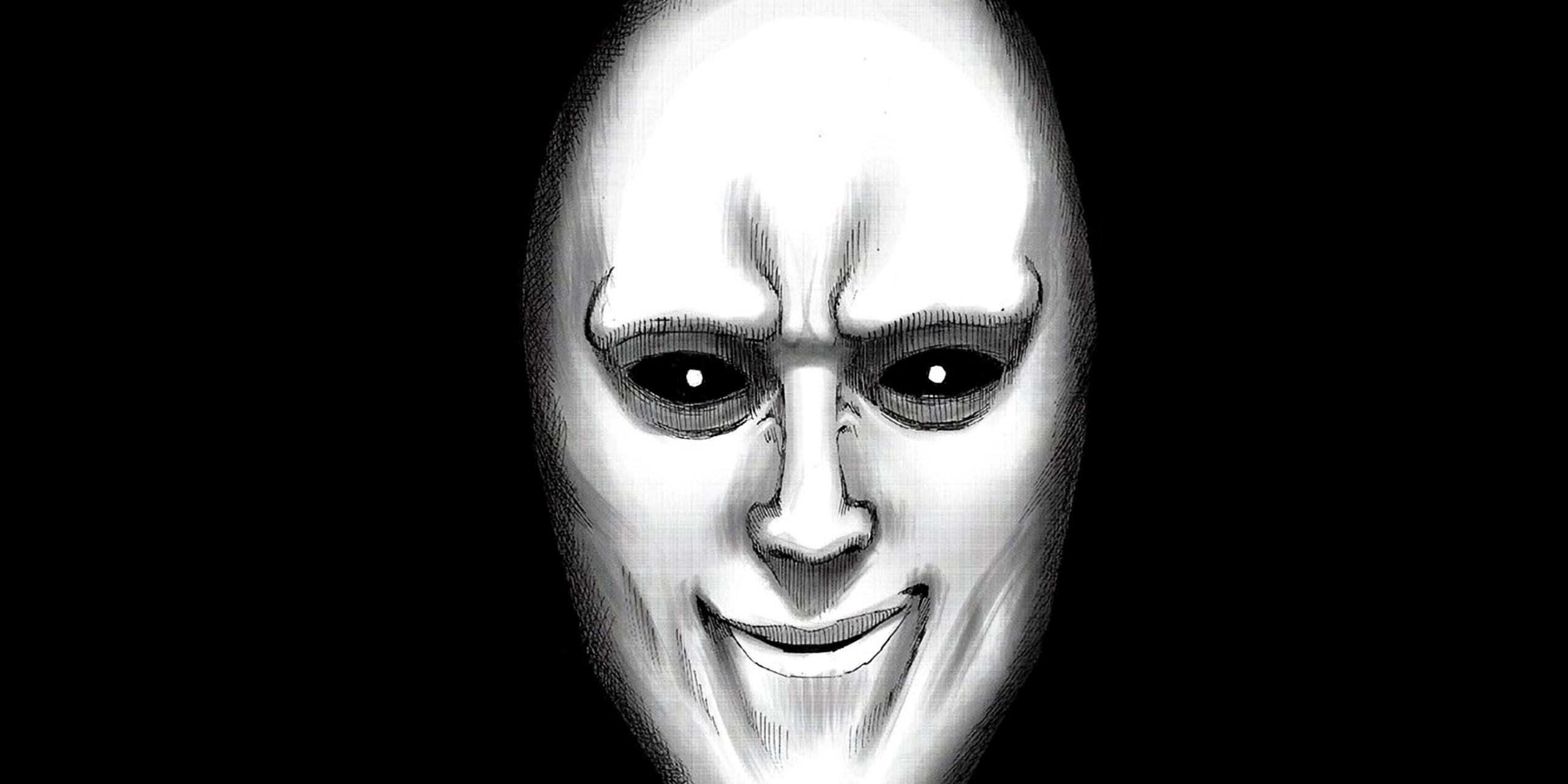
In the webcomic, Black Sperm gains a “Multicell Sperm” form by merging one million of his cells. This intermediate form precedes his ultimate Golden Sperm transformation. However, when the manga was created, it skipped over Multicell Sperm and jumped straight to introducing Golden Sperm.
The Multicell Sperm form represents a key difference between the webcomic and manga. It demonstrates ONE’s ideas for the character were altered somewhat during the adaptation process.
While the manga streamlined Black Sperm’s progression, the webcomic provides greater insight into his full potential. The webcomic retains distinguishing details about Black Sperm’s abilities and transformations that enrich his backstory.
9. There are no Monster Cells In Webcomic
In the One-Punch Man manga, the Monster Association bolsters its forces for war by feeding Monster Cells to humans, turning them into powerful monsters. Several prominent characters willingly consume the cells to gain strength. However, Monster Cells did not exist in ONE’s original webcomic.
The webcomic depicted multiple methods for humans to transform into monsters, but eating Monster Cells was not one of them. This device seems to have been introduced in the manga adaptation as an efficient way to rapidly expand the Monster Association’s numbers.
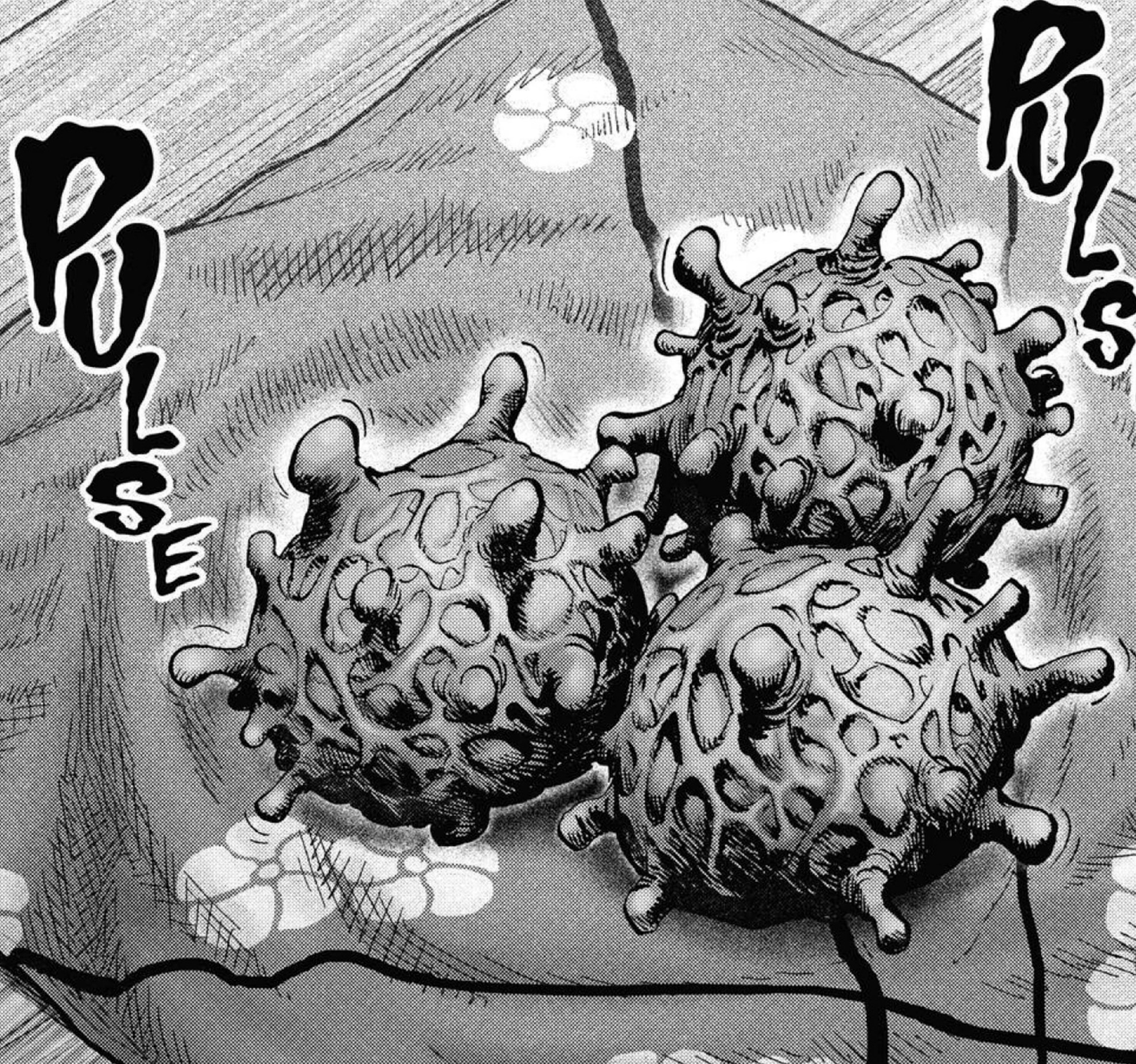
While the manga’s use of Monster Cells allows for an exponential increase in monsters, the webcomic relies on other approaches to transformation. The addition of Monster Cells represents a key divergence between the two storytelling mediums. It enabled the manga to quickly build up the Monster Association through a straightforward process not conceptualized in ONE’s original telling.
The Monster Cell concept exemplifies how the manga adapted the webcomic by streamlining certain narrative elements. The cells offer a simplified mechanism to convert humans into villains compared to the more complex transformations shown in the webcomic. This inventive idea is native to the manga and demonstrates how the adapted version expanded on the webcomic’s foundations.
8. One Punch Man Manga explores more of Saitama’s powers
Saitama’s immense strength is rarely revealed in One-Punch Man, but a memorable scene in the manga demonstrates his power. When Genos requests a sparring match, Saitama allows his cyborg disciple to attack him with full force.
Saitama is utterly unfazed by the onslaught. In retaliation, Saitama throws a punch but stops just short of hitting Genos. The sheer force of Saitama’s halted punch creates a massive blast effect, convincing Genos of his master’s capabilities.

This display of power is absent from the original webcomic. In the webcomic version, Saitama simply walks away after feinting a punch without any visible energy blast. The added manga scene underscores Saitama’s unbelievable might in a way the webcomic does not.
Seeing the tangible demolition caused by Saitama’s casual punch sells the extent of his strength. This emphatic moment in the manga effectively conveys the extreme discrepancy between Saitama and the other heroes. By including an exaggerated impact to accentuate the punch, the manga heightens the drama and scale of Saitama’s abilities beyond the more subdued webcomic portrayal.
7. There are no Wings for Puri-Puri Prisoner’s Majestic Angel in One Punch Man Webcomic
The flamboyant hero Puri-Puri Prisoner rises to the occasion when faced with formidable foes despite his unconventional appearance and manners. When the deadly Deep Sea King surfaces and wreaks havoc, Puri-Puri Prisoner confronts the monster in battle.
The manga adaptation of this fight adds a dramatic flourish not present in the original webcomic. Before unleashing a flurry of punches on the Deep Sea King, Puri-Puri Prisoner strikingly poses with angelic wings appearing to emerge from his back. This stylistic manga shot amplifies Puri-Puri Prisoner’s intensity and determination to defeat the villain.
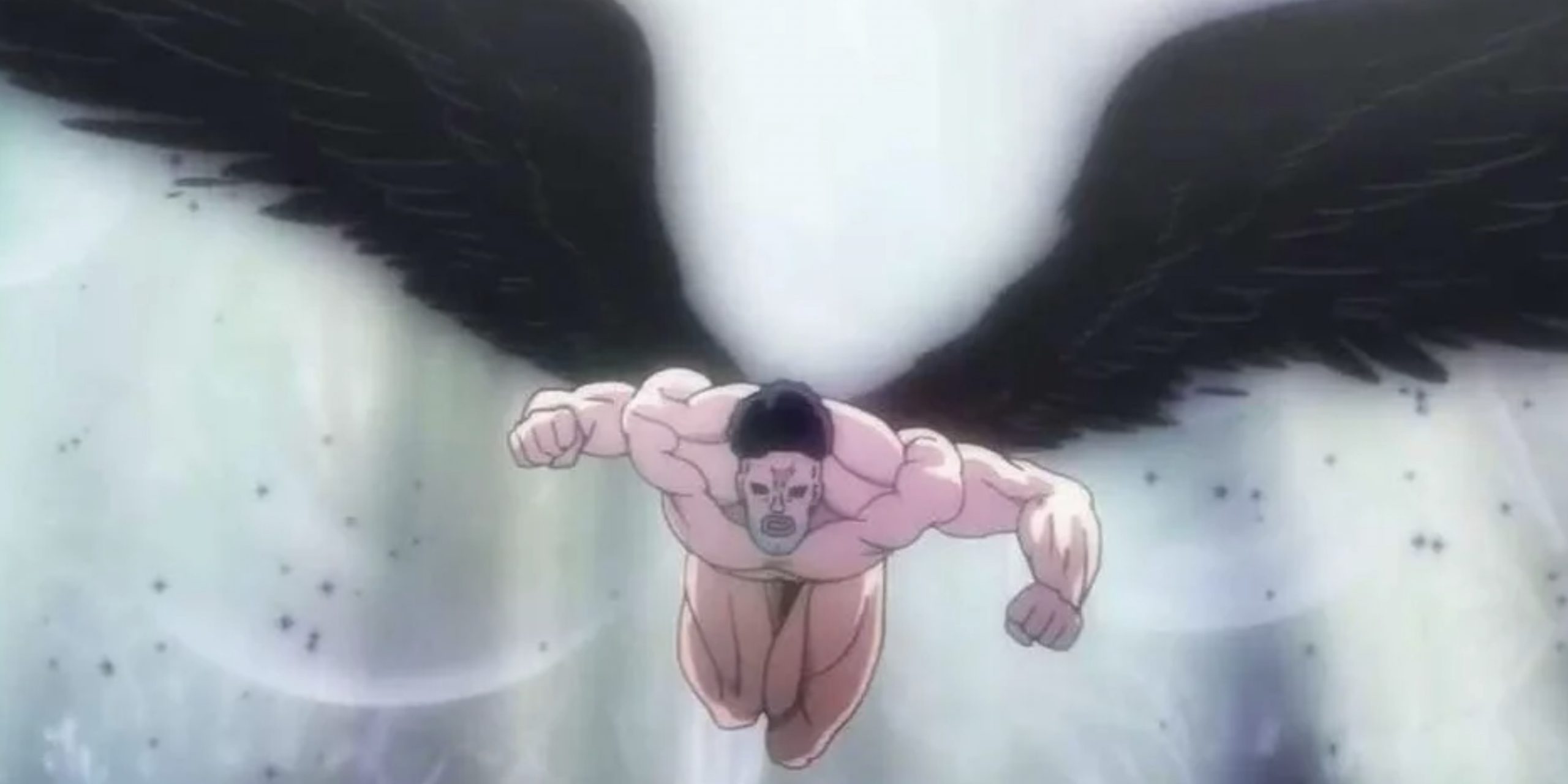
However, in the straightforward webcomic, Puri-Puri Prisoner moves directly into pummeling the Deep Sea King without the winged posturing interlude. The manga’s embellishment makes the scene more dynamic and cinematic by showcasing Puri-Puri Prisoner’s righteous vigor through an expressive visual metaphor.
The reimagined manga fight enriches Puri-Puri Prisoner as a character beyond the webcomic’s simpler portrayal. His pose with conjured wings conveys the sense of justice and heroism within this outlandish hero, accentuating his hidden depths. It’s an inspired addition that highlights ONE and Murata’s flair for impactful storytelling.
6. Saitama’s moon tour against Boros was only in One Punch Man manga
A memorable scene in the One-Punch Man manga depicts the mighty alien Lord Boros kicking Saitama all the way to the moon during their intense battle. This demonstrates Boros’ immense power while also reiterating Saitama’s invincibility. However, this epic moon kick is absent from the original webcomic fight.
In the webcomic, Boros unleashes a barrage of attacks on Saitama but does not send him into space. The webcomic instead focuses on the exchange of blows before Saitama ultimately defeats Boros. The manga’s addition of Boros booting Saitama to the moon considerably raises the stakes and scope of the battle.

Seeing Saitama sent flying out of the atmosphere sells Boros as a formidable threat capable of astonishing feats of strength. It also further cements Saitama’s credentials as an unstoppable force who can withstand any blow. The manga adds this moment to amplify the scale and drama of two of the series’ mightiest combatants.
By expanding the fight’s setting to outer space, the manga delivers a grander and more thrilling clash. This interpretation demonstrates how the manga adapted the webcomic’s vision by making the action even more hard-hitting and visually arresting through additions like the moon kick.
5. The Holy Order Of The Sword does not appear in the One Punch Man Webcomic
In the One-Punch Man manga, Atomic Samurai belongs to the Holy Order of the Sword, an organization of the world’s strongest swordsmen. Tragically, most of the Holy Order is killed in battle with the Monster Association, leaving Atomic Samurai as the sole surviving member. However, the Holy Order of the Sword is completely absent from the original webcomic story.
Atomic Samurai existed as a lone wolf swordsman in the webcomic, with no affiliation to an elite group. The manga’s creation of the Holy Order provides backstory and context for Atomic Samurai’s skills while also introducing additional swordsman characters. But the webcomic envisioned Atomic Samurai as an isolated warrior from the start.
By fabricating the Holy Order faction, the manga adaptation expanded Atomic Samurai’s role and relationships within the One-Punch Man universe. His webcomic characterization was relatively limited compared to the manga’s deeper exploration of his organization and fellow disciples. The manga built up an original supporting cast around Atomic Samurai that ONE’s webcomic did not contain.
The demise of the Holy Order further develops Atomic Samurai in the manga by forging tragedy from his failure to protect his companions. Overall, the invention of this group and its members gave Atomic Samurai a richer storyline unique to the manga adaptation. It demonstrated how the adapted version could enhance existing characters through new details.
4. One Punch Man Webcomic lacks the whole Super Fight Tournament
A manga-exclusive story arc focuses on Saitama entering a martial arts tournament under the alias Charanko. His motivation is simply to win the prize money, not seek glory. This tournament serves as a distraction for Saitama while the Monster Association attacks cities.
Eventually, monsters infiltrate the tournament, cutting it short. But this entire competition storyline is absent from the original One-Punch Man webcomic. It is a narrative creation unique to the manga adaptation.
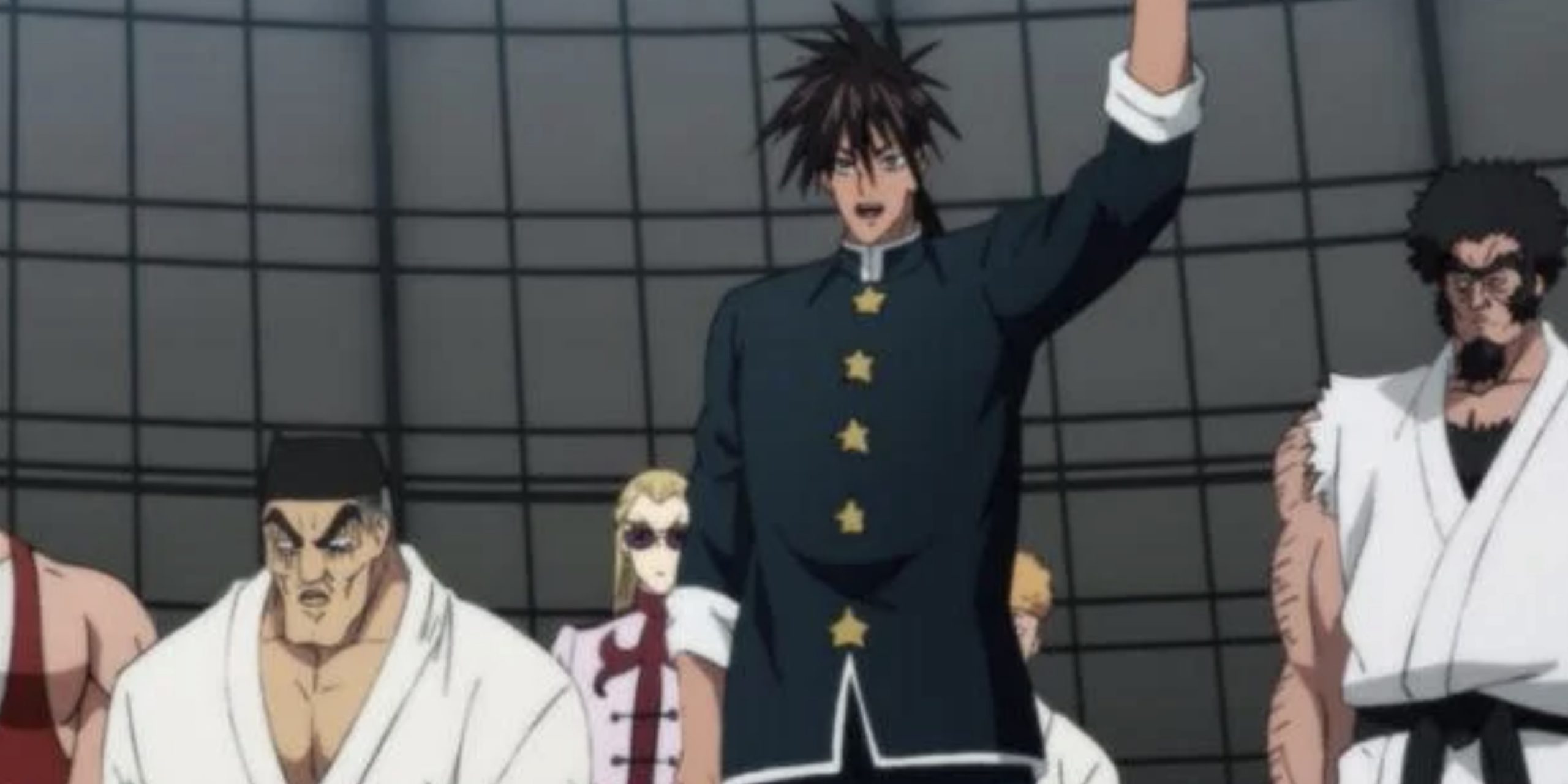
Having Saitama participate in a tournament explains his absence during the Monster Association’s initial offensive. It also provides humor through his nonchalant attitude toward fighting compared to the serious martial artists. Additionally, it allows for matchups between Saitama and other fighters.
The webcomic contains none of this, skipping straight to Saitama arriving mid-crisis against the Monster Association. The manga’s tournament arc represents a significant expansion using original content and characters. It offers a fresh comedic scenario tailored to Saitama’s personality.
This storyline exemplifies how the manga adapted the broader webcomic narrative by inserting new subplots. The tournament supplies both entertainment value and narrative justification as Saitama remains oblivious to the monster attacks. It demonstrates the manga’s willingness to build on the webcomic through imaginative new story directions.
3. There is no Saitama Vs. Orochi in One Punch Man Webcomic
A major showdown occurs in the One-Punch Man manga when Saitama confronts Monster King Orochi, leader of the Monster Association, and easily defeats him with one punch. However, this entire clash is completely original to the manga, as Orochi does not exist in the webcomic.
The powerful Monster King was created specifically for the manga adaptation, along with numerous other monsters that participate in the war against the Hero Association. Orochi and these additional villains are not present at all in the webcomic version of the Monster Association arc.

Inventing Orochi and expanding the monsters’ roster enabled the manga to escalate the scale and stakes of this conflict. The webcomic had a relatively limited selection of monsters for the Hero Association to battle. The manga built upon this tremendously by introducing more threats and a commanding king to serve as the arc’s climax.
Saitama’s swift takedown of Orochi is a prime showcase of his abilities against a formidable original foe. Their missing encounter in the webcomic again demonstrates how the manga creators enriched the story by devising new adversaries and events to showcase the heroes. It proves the manga’s willingness to push the world and conflicts further than the webcomic through imagination.
2. King’s Engine is only in manga
The fraudulent hero King from One-Punch Man relies on his reputation alone, useless in actual combat. But he benefits from an amusing quirk, his “King Engine” – the rumbling sound of him quivering in fear. In a manga-exclusive scene, King’s quivering actually defeats a monster.
When confronted by a monster, King’s trembling triggers his “engine” roar. Recognizing King, the monster becomes so frightened it drops dead, marking King’s first monster kill. This comedic scene capitalizes on King’s character as a weakling dependent on his formidable image.
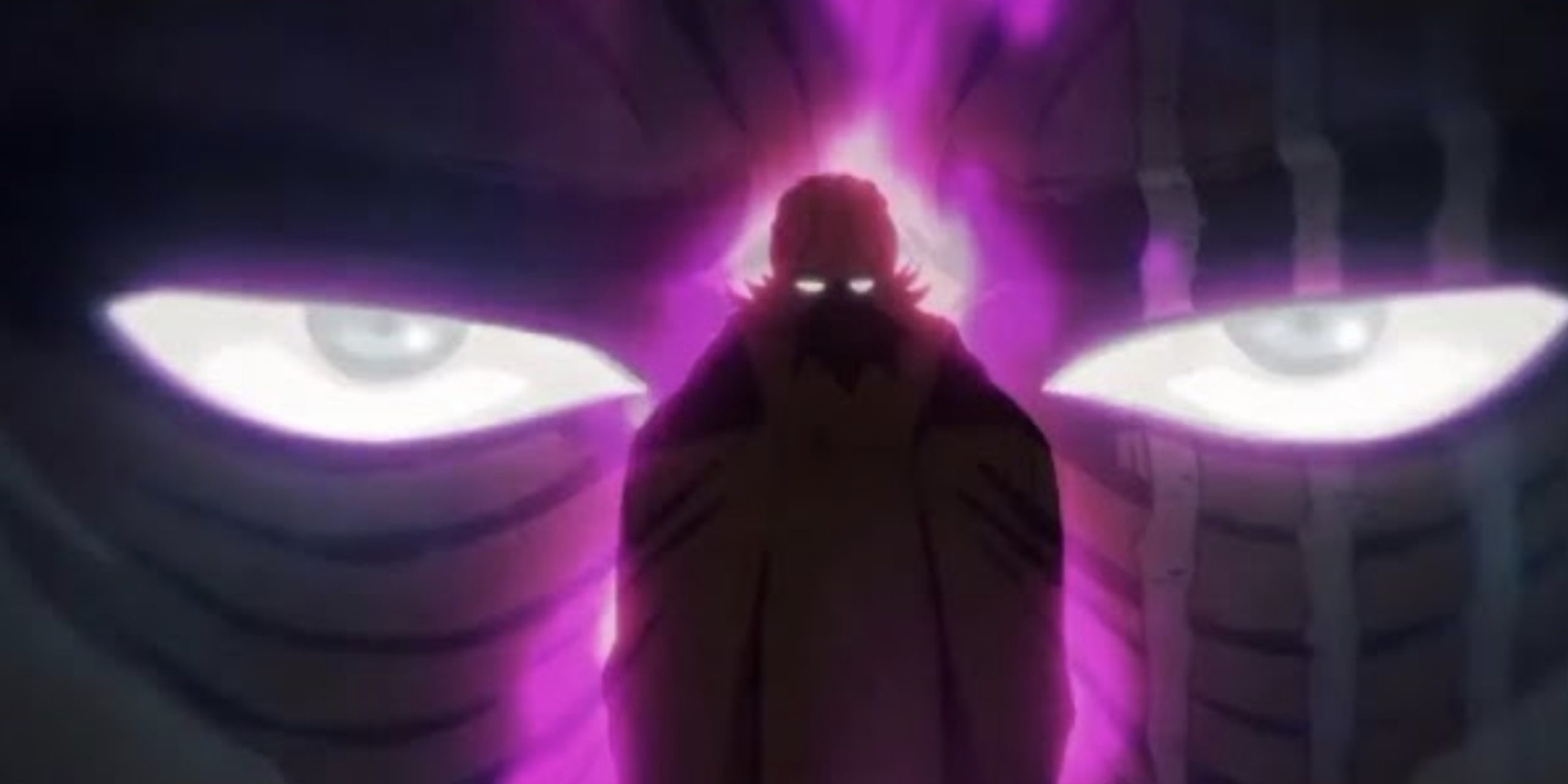
The webcomic contains no such incident of King inadvertently defeating a foe, thanks to his shaking. This addition demonstrates the manga’s penchant for expanding characters through humorous new situations rather than just recreating the webcomic.
King’s fake bravado covering his cowardice provides endless story potential. By making King’s anxiety literally deadly, the manga adds to his ironic portrayal. The original moment also becomes an in-universe legend, furthering King’s undeserved notoriety. This inventive scene highlights the manga’s knack for building on ONE’s foundations through fresh absurdity.
1. Absence of Saitama Vs. Subterranean King’s legendary scene in One Punch Man Webcomic
In the One-Punch Man manga, Saitama, Flashy Flash, and Manako form an unlikely trio infiltrating the Monster Association headquarters. They encounter the mysterious God before being confronted by the hero Blast. However, the webcomic version of this arc differs significantly.
The webcomic scene involves just Flashy Flash and Saitama venturing deeper into the Monster Association base. And instead of Blast, they are discovered by the lower-ranked hero Puri-Puri Prisoner. Manako and Blast are both absent from this webcomic moment.
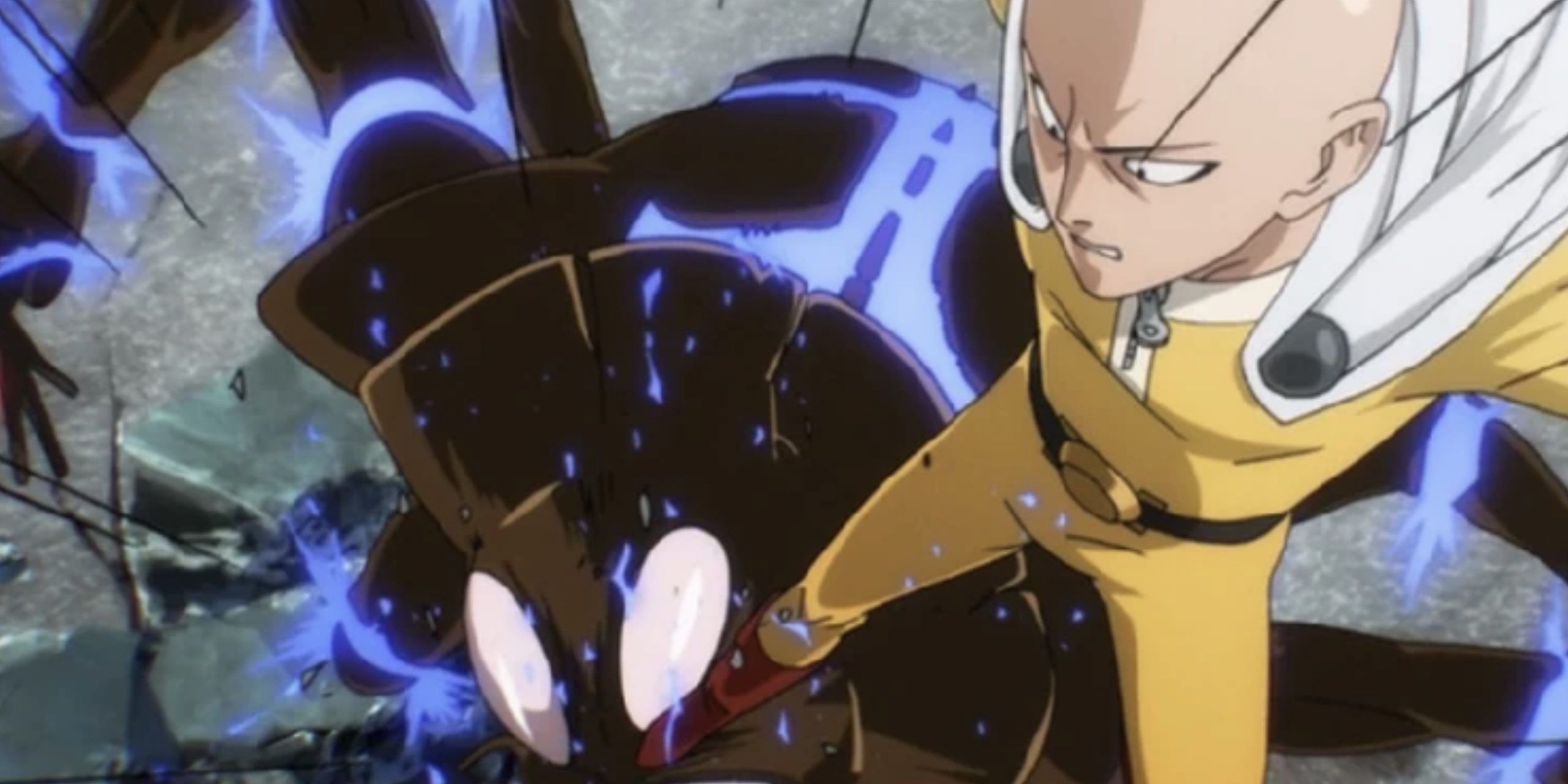
The manga adapted the core of this sequence but made sizable changes by inserting new characters. Manako expands the group dynamic while swapping in Blast for Puri-Puri Prisoner amplifies the stakes of their discovery. The webcomic utilizes more modest story elements compared to the manga’s grander vision.
The added figures of Manako and Blast exemplify how the manga creators built upon the webcomic’s foundation. They reshaped the scene to increase its narrative impact, pairing Saitama and Flashy Flash with more distinctive foils. This reflects the manga’s propensity to enhance existing storylines by incorporating fresh characters and surprises that deviate from the stripped-down webcomic.


